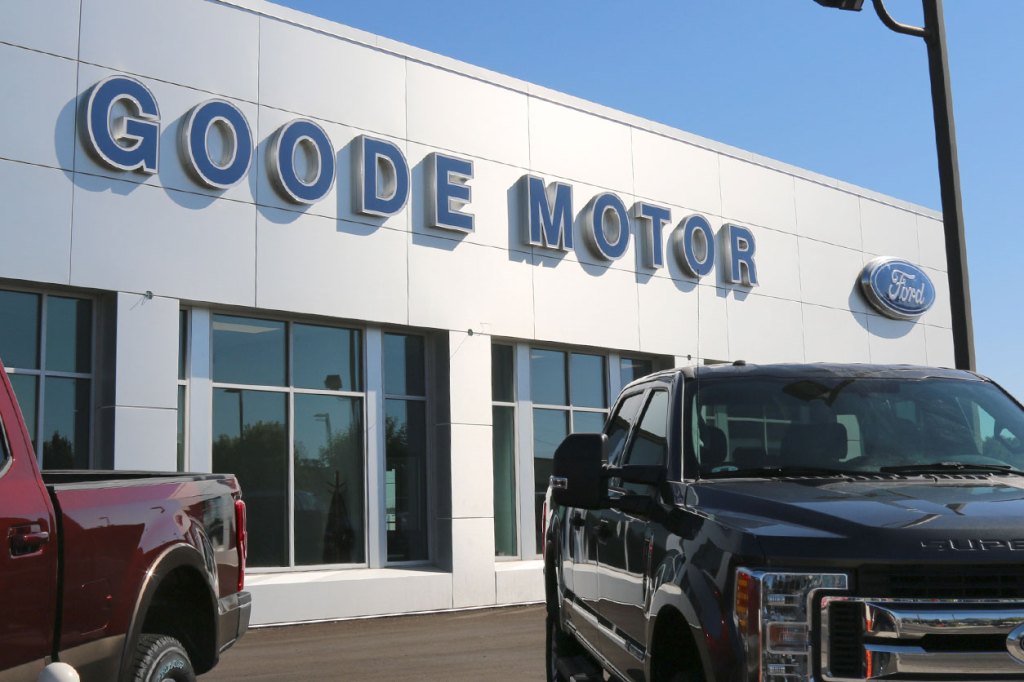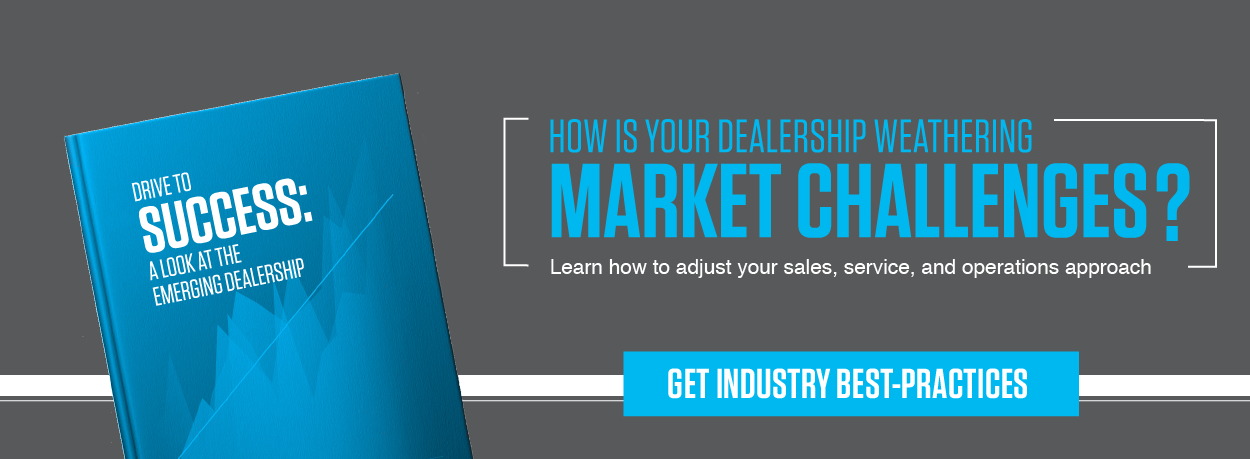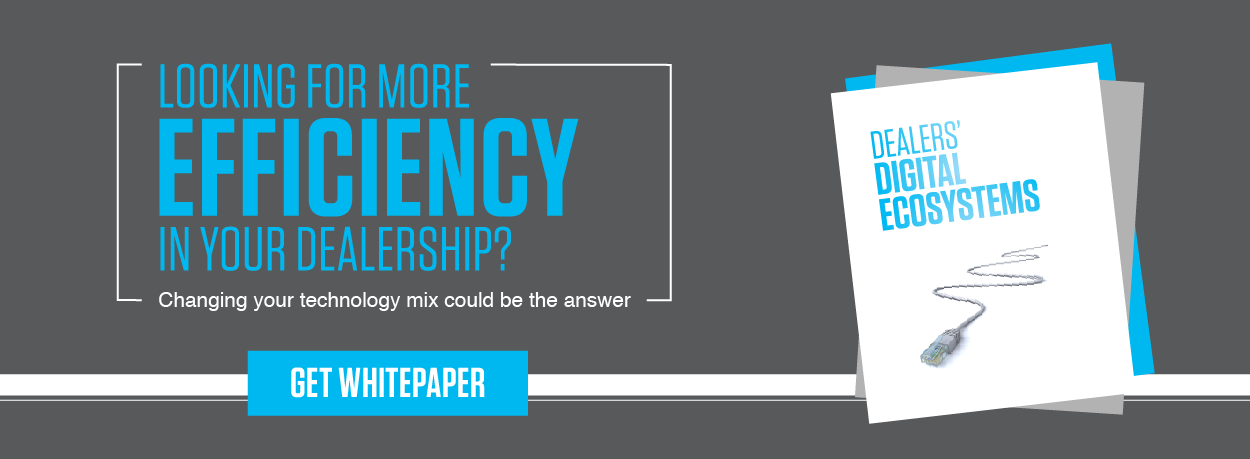The moment a dealership realizes that its legacy DMS can’t keep up with business growth, everything changes. Suddenly, there’s a crossroads between hanging on to the familiarity of the past and embracing the promise of the future. But while the prospect of growth can be exciting, the transition to new technology isn’t always easy.
Bridging Past and Future Success
Opening its first store in 1917, Goode Motor Auto Group was the very first Ford dealership in Idaho. Over the years, the dealership witnessed the introduction of dealer management technology in the industry, as well as tremendous business growth. Since that first Ford store, the company has expanded to include four locations and multiple franchises in the Southern Idaho area. But like many dealerships, Goode eventually outgrew its legacy DMS. They started experiencing reporting difficulties, including problems obtaining information about car sales and customer visits. But, problematic DMS transition attempts left Goode Motor reluctant to make another change.
After researching several new providers, Goode Motor finally found what they were looking for in Dealertrack DMS—a seamless switch and the promise that technology would keep up with their ambitious plans for business growth. Before, during, and after the switch, Goode Motor’s employees received on-site training and a single, stable point of contact for all support, training, and system utilization needs with Dealertrack.
Partnering with Dealertrack DMS, Goode Motor found the reporting capabilities, connected integration, and easy-to-use technology they were looking for. And the seamless transition from outdated DMS to cutting-edge technology was delivered as promised. Making the switch to Dealertrack DMS allowed Goode Motor to bridge the divide between their past and future growth, paving the way to success for generations to come.
Overcoming a Reluctance to Change
Like Goode Motor, many dealerships get to the point where they must decide whether to stick with their limited legacy DMS or boldly move forward with future plans. This pivotal point, though scary, is an essential part of business growth. Despite some initial discomfort, finding the right technology and the right partner can bridge the divide between past, present, and future growth opportunities.
To learn more about Goode Motors successful technology transition, click here.








